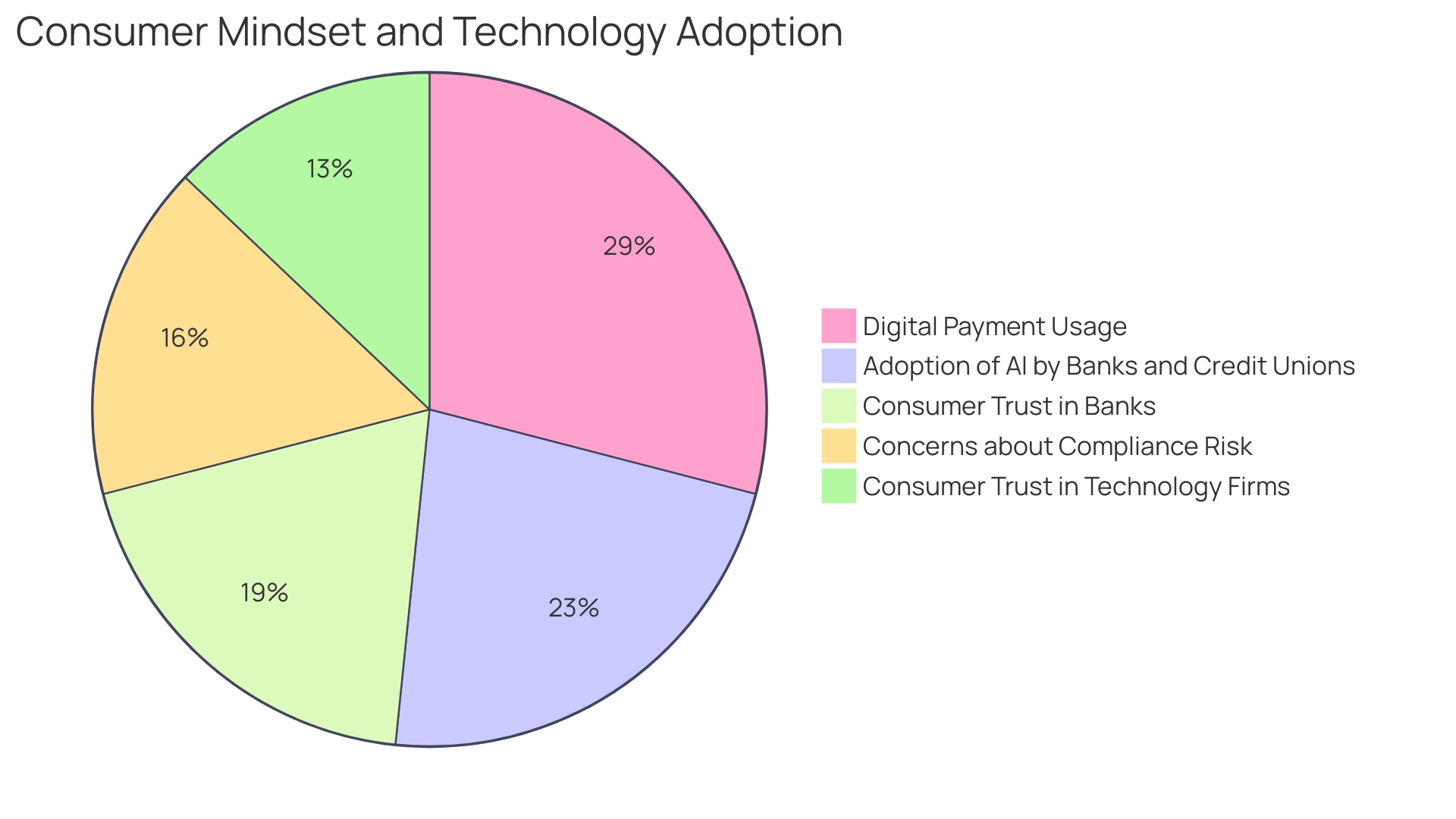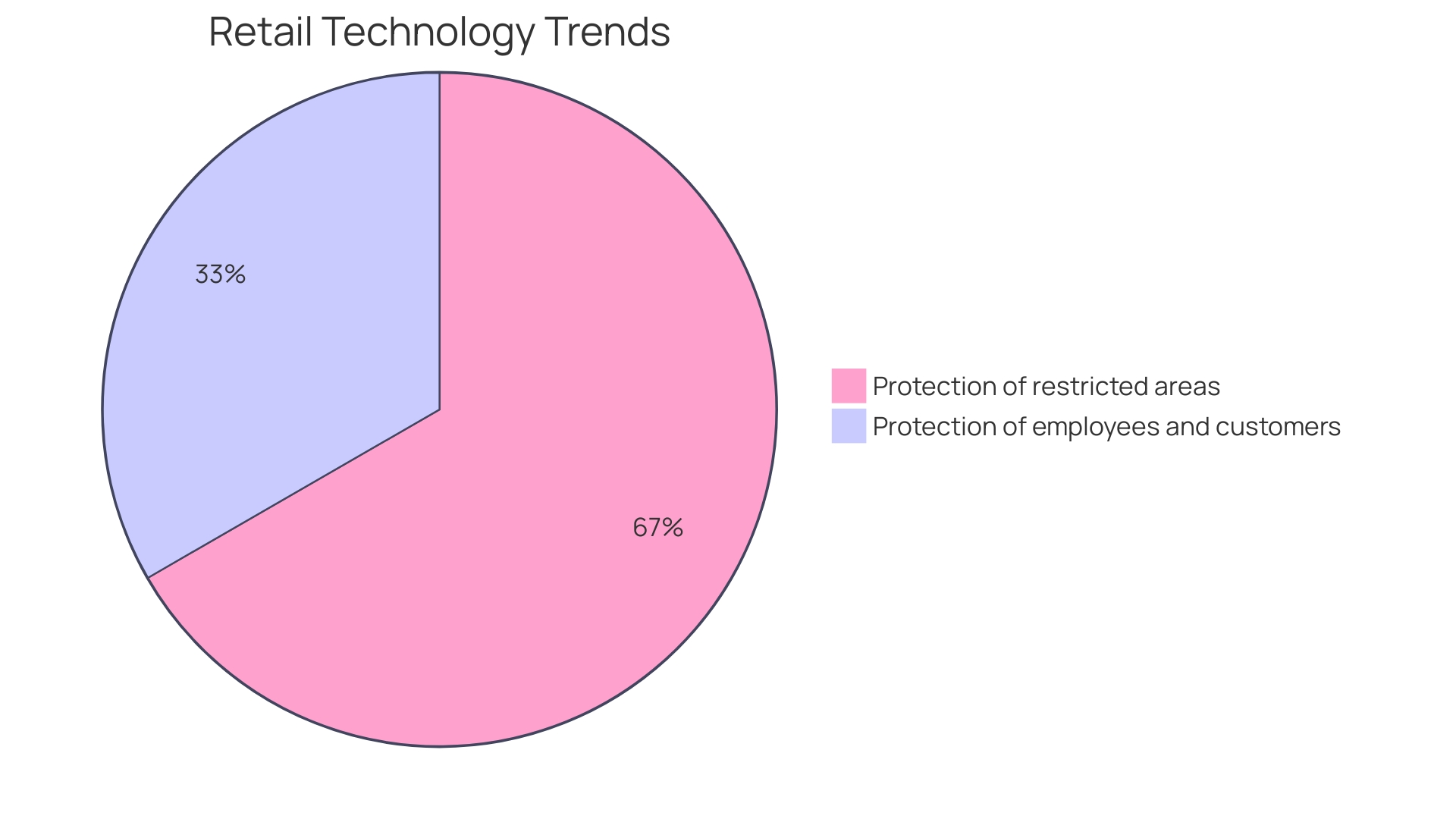Introduction
Facial recognition technology has rapidly expanded from its origins in law enforcement to become a prominent feature in various sectors, particularly in retail. Its primary role is enhancing security and safety by swiftly identifying individuals with criminal histories and protecting restricted areas from unauthorized access. However, its applications extend beyond security measures.
Companies like D-ID have harnessed this technology to animate photographs of domestic violence victims, providing a human touch to the fight against domestic abuse. While facial recognition offers numerous benefits, it also raises significant privacy concerns. To address these concerns, transparency, accountability, and community engagement are crucial.
As the technology continues to evolve, finding the balance between security, privacy, and ethical use is essential for its responsible implementation. Furthermore, facial recognition technology improves customer experiences by personalizing greetings, product suggestions, and ensuring a safe shopping environment. It also streamlines identity verification processes, offering a reliable and secure alternative to traditional methods.
Additionally, facial recognition is revolutionizing access control systems, creating a touchless and efficient entry method while maintaining robust security measures. Finally, the technology is transforming marketing campaigns by decoding consumer preferences and reactions through facial expressions, leading to highly tailored strategies and increased engagement. The diverse applications of facial recognition technology highlight its potential to reshape industries and our daily lives.
Enhancing Security and Safety
Facial recognition technology, initially honed by law enforcement agencies to identify individuals from watch list, has proliferated into the private sector, particularly among retail chains challenged by large-scale shoplifting. This sophisticated technology plays a vital role in the protection of employees and customers from violence and theft, as it can swiftly match faces against a database of known individuals with a criminal history. Moreover, facial recognition systems are pivotal in safeguarding restricted areas—such as warehouses, back offices, or control rooms—from unauthorized access, ensuring the security of both valuable merchandise and sensitive information.
However, the deployment of facial recognition extends beyond security measures. For example, D-ID, a company initially established to generate subtle alterations to online images to protect against facial recognition engines, has applied its technology to animate photographs of domestic violence victims, emphasizing the human aspect in the sensitive fight against domestic abuse. This innovative application underscores the technology's potential for positive societal impact when balanced with ethical considerations and privacy.
Despite the clear benefits, facial recognition technology also raises significant privacy concerns, as it can be used to track, monitor, or profile individuals without their consent. To prevent such privacy invasions, it is essential to reevaluate the use and deployment of these technologies, focusing on transparency and accountability. Legislative measures are necessary to ensure ethical usage and to protect individuals from unwarranted privacy intrusions.
Moreover, community engagement is crucial to shape policies around surveillance technology and hold agencies accountable.
As facial recognition technology continues to evolve, it's clear that the balance between security, privacy, and ethical use will remain a critical conversation for both the public and private sectors. By implementing rigorous testing for fairness and accuracy and engaging with affected communities, the path towards responsible use becomes clearer, ensuring that the technology serves to enhance, rather than invade, our daily lives.
Improving Customer Experience
Facial recognition technology is transforming the customer experience in retail and hospitality, going beyond personalized greetings and product suggestions. This innovative approach is also a powerful tool for enhancing security measures. As reported by Corsight AI, a leading provider of Facial Intelligence technology, retailers are increasingly adopting real-time video analytics and facial recognition not only for customer service improvements but also to protect employees, customers, and sensitive areas from potential threats.
With a history of about a decade in law enforcement for identifying individuals on watchlists in real-time or during forensic investigations, facial recognition is now being leveraged by private sectors such as retail chains. These establishments, often affected by shoplifting, are utilizing the technology to safeguard against theft and violence. Moreover, areas within stores that house expensive goods or sensitive information—like warehouses, back offices, or control rooms—are now more secure, thanks to restricted access enforced by facial recognition systems.
This dual application of facial recognition serves a critical role in both enhancing the customer journey and maintaining a secure environment for all. Retailers not only recognize their loyal customers to offer bespoke services but also use the technology to identify and prevent unauthorized access to restricted zones, ensuring both a personalized and safe shopping experience.
Streamlining Identity Verification
The integration of advanced image recognition technology into identity verification processes is transforming industries by offering a swift, reliable, and secure alternative to traditional methods. In the past, identity checks often relied on physical documents or manual password entry, leading to potential inaccuracies and inefficiencies. Today, sectors such as banking and healthcare are reaping the benefits of facial recognition systems, which can confirm identities almost instantaneously by scanning a person's face.
Online finance experts agree that artificial intelligence, particularly in the form of facial recognition, outperforms human efforts in terms of accuracy and speed for tasks like customer identity verification. In the context of banking, whether opening an account in person or online, customers typically need to present a photo ID. This ID is then compared to the person's live image by a clerk or an AI system, with the latter proving to be more precise in image analysis.
Amazon Rekognition is an example of such technology, employing advanced machine learning to analyze and verify identities with remarkable efficiency. This service is part of a more extensive suite of tools that developers leverage to enhance online user onboarding experiences, including the collection of essential personal details and photo identification.
The hospitality industry also demonstrates the utility of facial biometric authentication technology, enhancing guest experiences from check-in to check-out. By employing face authentication, hotels ensure a seamless and secure process, aligning with the industry's drive towards technological innovation for operational excellence and memorable customer service.
In addition to improving customer experiences, facial recognition technology plays a crucial role in bolstering security. It helps in identifying individuals with a criminal history and guarding against potential threats, a practice that has been standard in law enforcement for years and is now increasingly adopted by the private sector, particularly in retail to prevent shoplifting.
The protection of restricted areas within businesses, such as warehouses or control rooms, is another critical application of this technology. By securing these zones against unauthorized access, companies safeguard valuable goods and sensitive information.
A recent report by Goode Intelligence forecasts that by 2029, over 4.9 billion digital identities will be in use, signifying a major shift towards digitized proof of identity. While traditional documents will still have their place, the digital representation of identity is set to become more prevalent, a trend expedited by the global pandemic and the growing need for digital verification across various sectors.

Enhancing Access Control
The integration of facial recognition technology into access control systems is transforming security measures across various sectors, leading to a more secure and efficient environment. This advanced biometric solution is now commonplace, not just in law enforcement, but also in commercial and institutional settings. Retailers, for instance, are leveraging facial recognition to safeguard against shoplifting and to protect sensitive areas from unauthorized access.
The technology's ability to identify individuals with a criminal history has been instrumental in preventing theft and violence, thereby ensuring the safety of employees and customers alike.
Facial recognition extends beyond just security; it's also enhancing customer experiences and optimizing service levels through real-time video analytics. The transition from traditional keys and access cards to facial recognition systems offers a touchless, hygienic method of entry, addressing the heightened concern for sanitation in today's society. As businesses strive to maintain secure premises, it's evident that facial recognition offers a multi-faceted approach to access control, merging convenience with robust security measures.
Furthermore, the technology's deployment has received attention from sectors such as leisure center management, highlighting its broad acceptance and application. While the technology's implementation must navigate evolving guidance on biometric data processing, organizations like Serco Leisure have demonstrated compliance and a proactive approach to adopting facial recognition while engaging with their team members.
Developments in AI and computer vision have propelled the capabilities of facial recognition systems, allowing them to accurately identify and authenticate individuals in real-time. These systems are not only being integrated into existing security infrastructures but are also undergoing rigorous testing and validation to ensure their effectiveness and reliability. The aim is to strike a balance between maintaining a high level of security and respecting the privacy and liberties of individuals, guided by recommendations from authoritative bodies such as the FBI's AI Ethics Council.
In essence, facial recognition technology in access control is a testament to the synergy between AI advancements and practical security applications, providing a glimpse into the future of safety and operational efficiency in our daily environments.

Personalizing Marketing Campaigns
Leveraging advanced image recognition technology in online shopping is transforming the way marketers understand and engage with their audience. By meticulously analyzing customers' facial expressions in response to advertisements, products, or experiences, businesses can now decode subtle cues about consumer preferences and reactions. This invaluable data serves as a cornerstone for crafting highly tailored marketing strategies that resonate deeply with consumers, leading to increased engagement and higher conversion rates.
Retailers are already reaping the benefits of this technology, with some employing it to safeguard their employees and customers against violence and theft, effectively reducing the significant financial losses attributed to retail crime. Moreover, the deployment of such technology is not confined to security—it is revolutionizing customer service by enhancing the shopping experience, thus fostering brand loyalty and driving sales growth. As retail chains increasingly adopt this technology to combat the prevalent issue of shoplifting, they are also setting new standards for protecting critical areas such as warehouses and back offices from unauthorized access.
The profound impact of image recognition technology in retail is a testament to its potential to redefine the landscape of online shopping and marketing.

Conclusion
Facial recognition technology has rapidly expanded beyond law enforcement, becoming prominent in various sectors, particularly retail. Its primary role is enhancing security and safety by swiftly identifying individuals with criminal histories and protecting restricted areas. However, its applications extend beyond security.
To address privacy concerns, transparency, accountability, and community engagement are crucial. Legislative measures are necessary for ethical usage and to protect individuals from privacy invasions. By finding the balance between security, privacy, and ethical use, responsible implementation can be achieved.
Facial recognition technology improves customer experiences by personalizing greetings, product suggestions, and ensuring a safe shopping environment. It streamlines identity verification processes, offering a reliable and secure alternative to traditional methods. Rigorous testing and community engagement help ensure responsible use.
Furthermore, facial recognition technology revolutionizes access control systems, creating a touchless and efficient entry method while maintaining security. Retailers use it to recognize loyal customers and prevent unauthorized access. This technology also transforms marketing campaigns by decoding consumer preferences through facial expressions.
In conclusion, facial recognition technology has the potential to reshape industries and our daily lives. By prioritizing transparency, accountability, and community engagement, and finding the balance between security, privacy, and ethical use, responsible implementation can be achieved. As industry experts, it is our responsibility to guide the ethical and effective use of facial recognition technology.
Experience the power of personalized shopping with our facial recognition technology.





